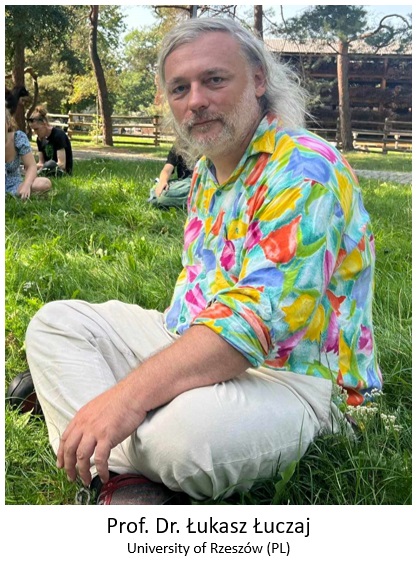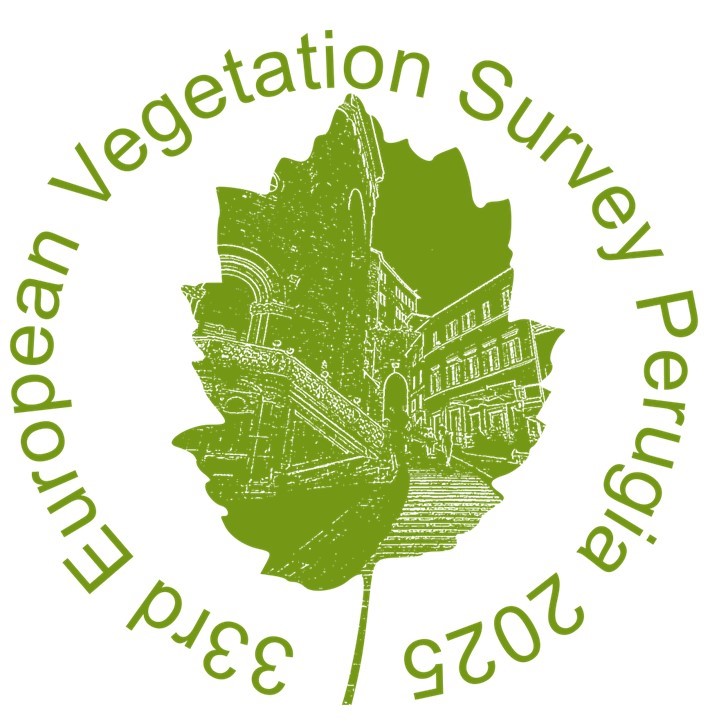
Prof. Dr. Bussmann is an ethnobotanist and vegetation ecologist, currently Head of the Department of Botany at the State Museum of Natural History in Karlsruhe, Germany, and Full Professor of Ethnobotany at Ilia State University, Georgia. Previously, he directed the William L. Brown Center at Missouri Botanical Garden and held academic roles at the University of Texas at Austin, University of Hawaii, and Universität Bayreuth. Dr. Bussmann’s research focuses on vegetation ecology and ethnobotany in the Andes, Caucasus, and Himalayas. He has authored over 450 peer-reviewed papers, 1,500 book chapters, and 39 books. Recognized as one of the most influential ethnobotanists globally, he serves as editor-in-chief of Ethnobotany Research and Applications and Springer Nature’s Ethnobotany of Mountain Regions series, among other editorial roles. A past President of the Society for Economic Botany, Dr. Bussmann has served on boards of leading ethnobiology and ethnopharmacology societies worldwide.

Łukasz Łuczaj is a professor of botany who wrote many books about natural lifestyle, including wild edible plants, edible insects and gardens. Lukasz is an ethnobotanist studying the use of wild foods in different parts of the globe. He carried out fieldwork in Poland, Croatia, Romania, Bosnia-Herzegovina, Georgia. China and Laos. He also runs a wild forest garden in the Carpathian Mountains in Poland, started in 1997, which is the oldest permaculture garden in Poland, hosting around 500 woody species and a few hundred of wildflower species. He was a pioneer of wild flower meadows in Poland. For over two decades he has inspired people to live more natural lifestyle, increase biodiversity in their surroundings and use wild foods. In 2018 he was awarded the title Ethnobotanist of the Year by Royal Botanic Gardens Kew, UK.
https://www.thewildfood.org
https://www.youtube.com/channel/UCPwwxnLqyPPLrqPl0NUewcA
Contributions
Myths of the pristine – from “natural” vegetation to “ancestral” knowledge of edible plants
Rainer W. Bussmann
State Museum for Natural History Karlsruhe, Department of Botany, Erbprinzenstrasse 13, 76133 Karlsruhe, Germany; email: Rainer.Bussmann@smnk.de
AND
Ilia State University, Institute of Botany and Bakuriani Alpine Botanical Garden, Department of Ethnobotany, Tbilisi, Georgia; email: Rainer.Bussmann@iliauni.edu.ge
Over the last decade, vegetation science has made great strides classifying the worlds’ vegetation communities. Simultaneously, aspects of the use of vegetation or individual plant species, as well as the impact of global change on vegetation distribution, migration of species, and livelihoods of communities around the globe have become important focal points. The ecology of edible species, in particular as sources for potential future food plants, have become fashionable study subjects, even more so since the Covid-19 pandemic.
On the vegetation side, much focus has been seen on finding and describing “natural” vegetation units around the globe, often without any reference to the historic context of anthropogenic impact, leading to a plethora of publications highlighting the “pristine” character e.g. of tropical forests or alpine and subalpine communities.
On the ethnobotanical side research has often moved from simple species inventories to detailed quantitative studies, genomics, and the elucidation of active compounds.
These developments, while highly important have also led to some disadvantages. On the one hand, the focus on “modern” studies has led to a decline of knowledge on, and publications of classic taxonomic studies, and field studies, and often neglect of classic herbaria. On the other hand, the very widespread use of statistical indices both in ecology and e.g., ethnobotanical field research has led to a virtual inflation of index use, with the application of often only one index, and wrongly extrapolating on plant importance from this, or applying multiple indices, but coming to wrong conclusions, especially with regard to conservation implications or the “usefulness of plants for further development.”
In this talk, we assess the myths of pristinity both with regard to vegetation units, as well as ancestral / traditional knowledge with regard to edible plant species and their possible use in the context of food security.
Where does wild food come from?
Łukasz Łuczaj
Faculty of Biology and Environmental Protection, University of Rzeszów, Poland; email: lukasz.luczaj@interia.pl
In my lecture I would like to make a journey through time and space to look at the habitats and plant communities which host edible plants. First I will talk about hunter-gatherers and their ways and strategies of obtaining wild food plants. Hunter-gatherers were very focused on obtaining energy-rich foods. It seems that underground storage organs (bulbs, tubers) were particularly highly prized. In the tropical forest these were mainly various Dioscorea species. Underground storage organs were also available in the temperate forest, steppe and savannah. Then I will discuss the wild food of agriculturalists and how they incorporated it into agro-ecosystems. The invention of agriculture introduced the use of annual leafy greens which were a by-product of land cultivation. In some regions of the world these plants are still used as food. Finally I will look at processes happening nowadays: where people gather wild food now and when they gathered it 100 years ago. In this I will mainly use the examples of Poland, Britain, Georgia and Croatia. Some traditional edible plants are forgotten, but some foods are brought back to popularity, not necessarily because they are very nutritious. Sometimes they are just easy to find in parks, or colorful, and therefore attractive on social media. The shift is from collecting arable weeds (which are now decimated by herbicides) to collecting urban weeds and plants. Although some people point out that these plants may contain pollutants, they are a hope for future wild food movement.
📍Address
Università di Perugia
Dipartimento di Chimica e Biologia
via Elce di Sotto, 8 – 06123 Perugia (PG)
🚗 Get Directions
